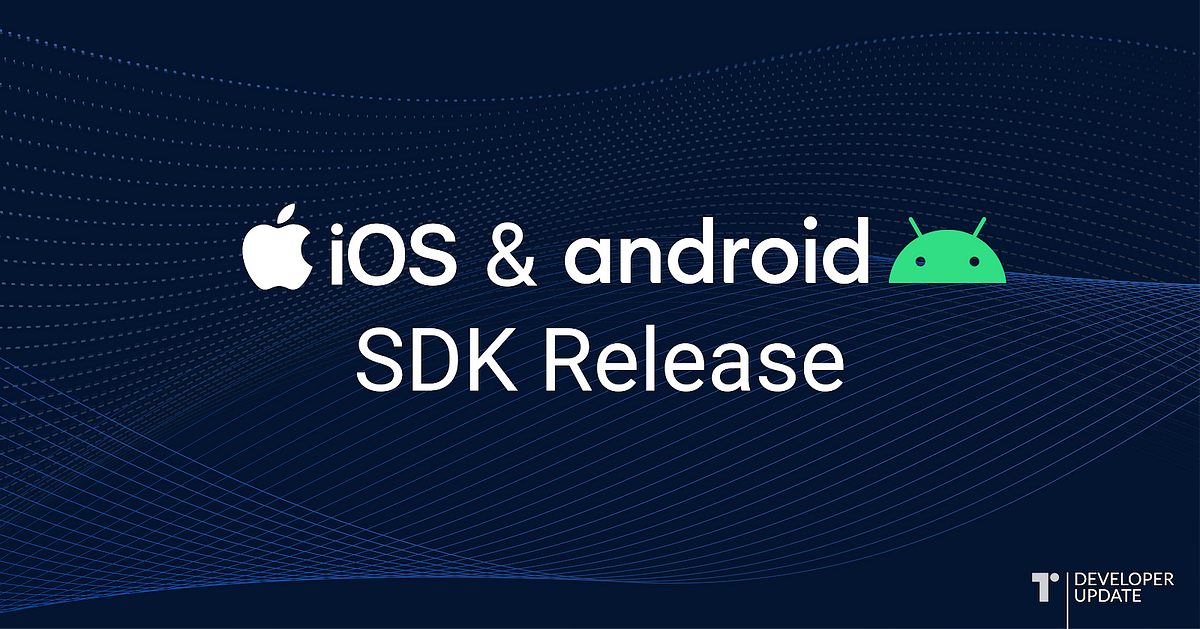At Torus Labs, we’re working to expand the platforms that we offer our seamless login and key management solution to. Our latest DirectAuth iOS and Android SDKs allow native iOS and Android applications to directly retrieve keys stored on the Torus Network through OAuth verifiers like Google, Facebook, Reddit, Twitch, Discord, AppleID, GitHub, LinkedIn, Twitter, Line, email and SMS passwordless accounts.
This would allow developers to build decentralised mobile applications and wallets with seamless user onboarding flows similar to traditional mobile applications. The increased accessibility to intuitive user-centric adoption tools on mobile devices decreases the hoops users need to jump through to familiarize themselves with decentralised ecosystems.
Once they have downloaded the mobile applications to their devices, users can just expect to log in with any of their supported social accounts and gain access to their blockchain wallet to start using the application, without any additional steps for registration or set-ups.
iOS SDK Installation
The iOS SDK was built using Swift 5, and installation can be done using the Swift package manager or Cocoapods. Logins with any of the OAuth providers are dependent on the verifier you intend to offer to your users. To get your application’s verifier spun up, you would just need to provide your OAuth Client ID (Google, Facebook) and send an email to hello@tor.us.
To learn more about the features of the iOS SDK, you can jump straight into the repository here.
Android SDK Installation
The Android SDK uses jitpack for release management. The mobile application should depend on the latest release versions of the DirectAuth SDKs, but developers can also choose to use snapshot dependencies for early access to features and dependencies.
To utilize the SDK to retrieve keys, developers would need to follow these few steps:
- Install the package.
- At the verifier’s interface where you obtain the client ID. use
browserRedirectUriinDirectSdkArgs(default: ‘https://scrpts.toruswallet.io/redirect.html’) as the redirect URI. If a custombrowserRedirectUriis specified,redirect.htmlwould need to be hosted at that URI. - Instantiate the package with your own specific client-id
- Trigger the login
- Reach out to hello@tor.us to get your verifier spun up.
For more information on the Android SDK, you could jump straight into the repository here.
Stay In Touch
Our team will continually be adding features to the SDKs to support a major update coming to our platform. Stay tuned on any of our socials to be the first to hear about our latest developments.





